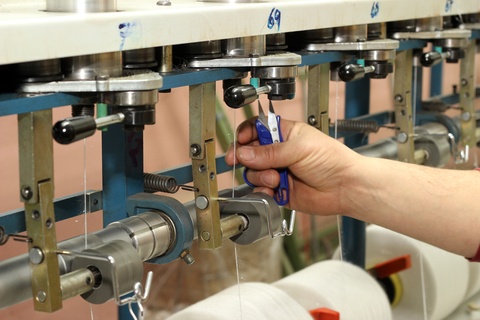Italian Case Illustrates Unusual Way of Tracking Asbestos Exposure
After a mysterious cluster of mesothelioma cases cropped up among Italian textile workers, researchers found an unusual way of tracking asbestos exposure. Asbestos is the main cause of malignant mesothelioma. Many mesothelioma patients came in contact with asbestos at work. But it is not always clear how it happened. Mesothelioma legal cases often hinge on tracking asbestos exposure at a negligent company. But in the case of the Italian textile workers, the exposure was not obvious. The workers produced sewing threads. They did not work directly with asbestos. It was not until an abatement company started removing asbestos from the plant, that researchers got a clearer picture of why the workers got sick. The Challenge of Tracking Asbestos Exposure Asbestos…

